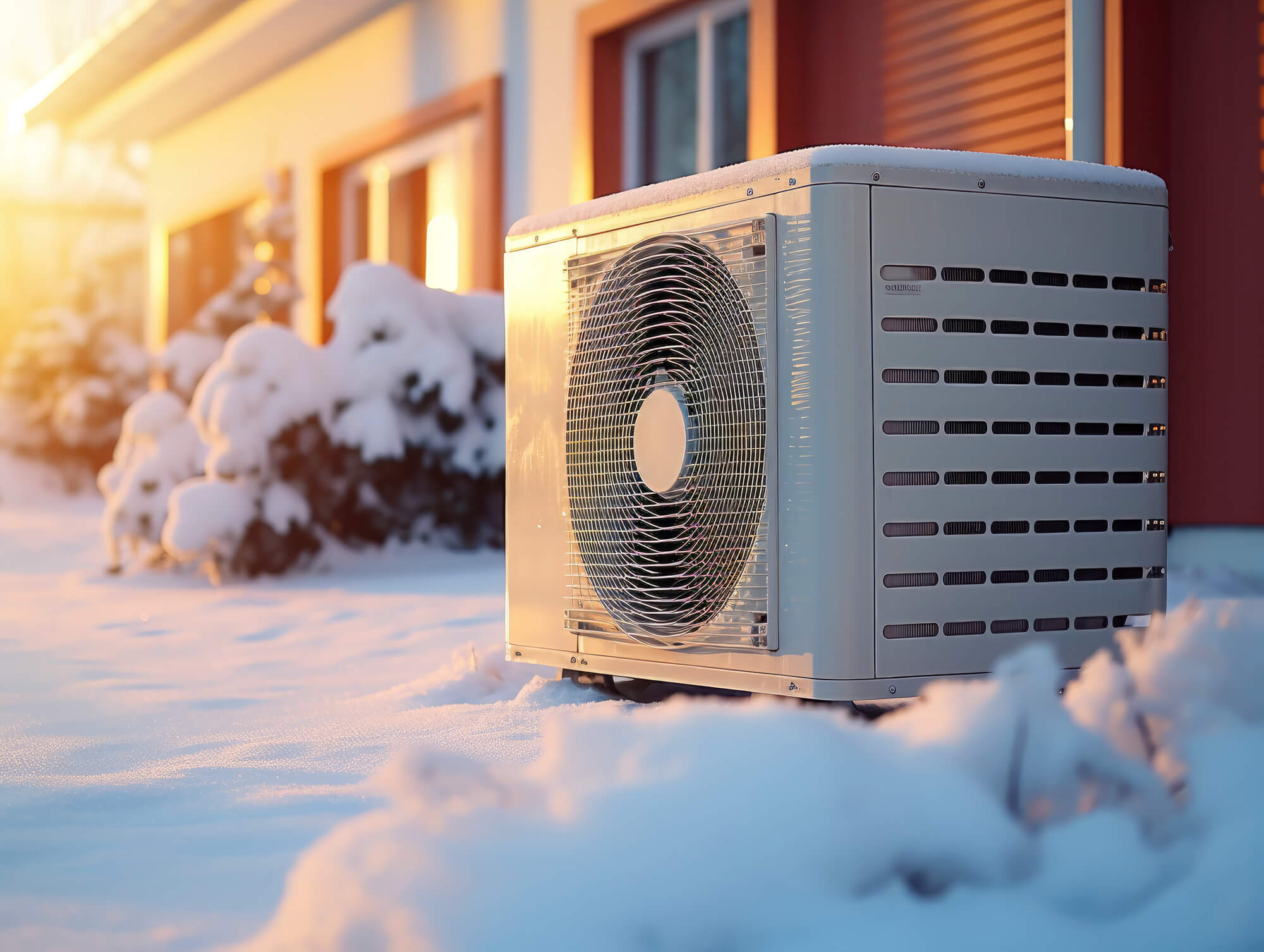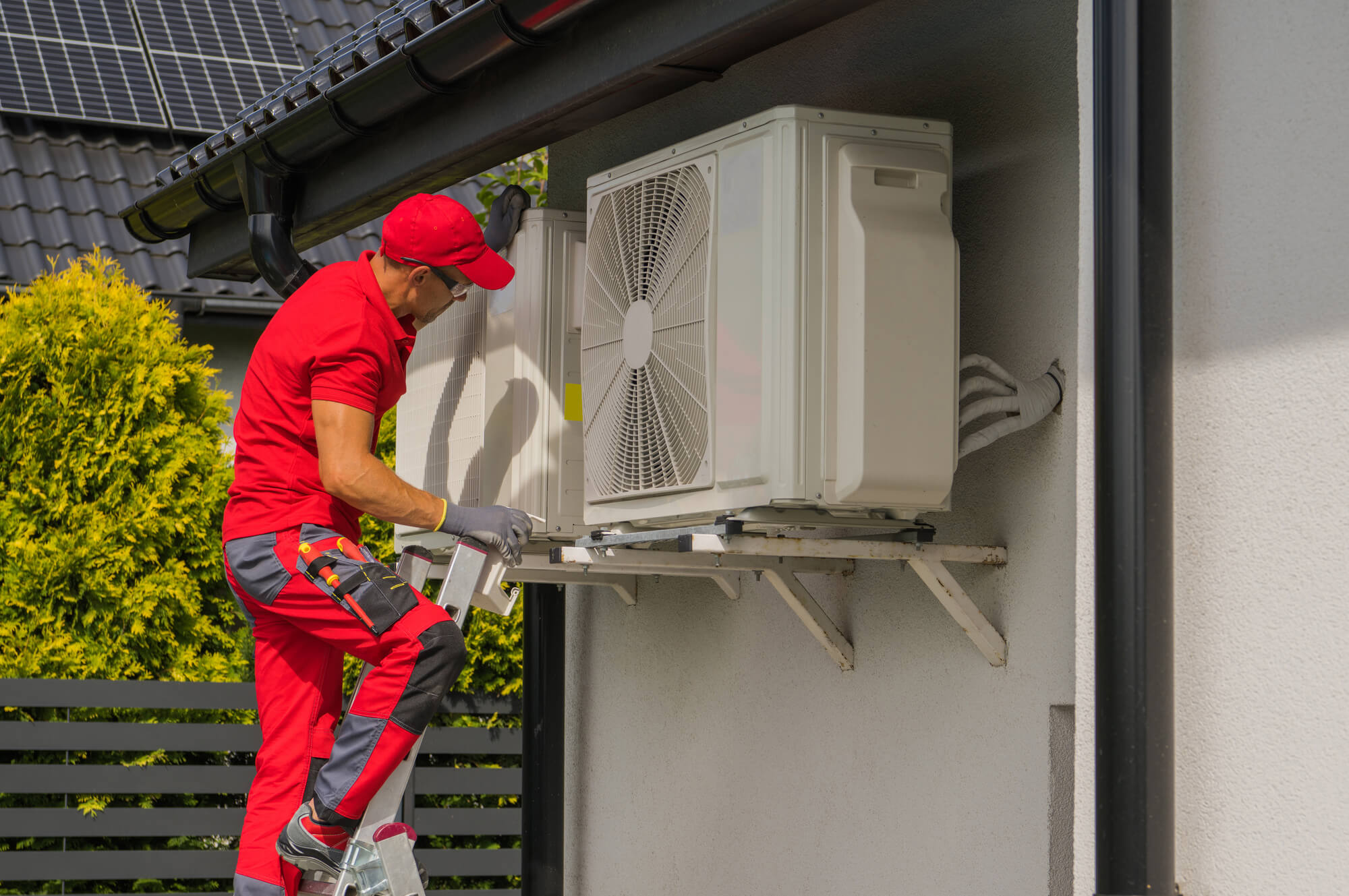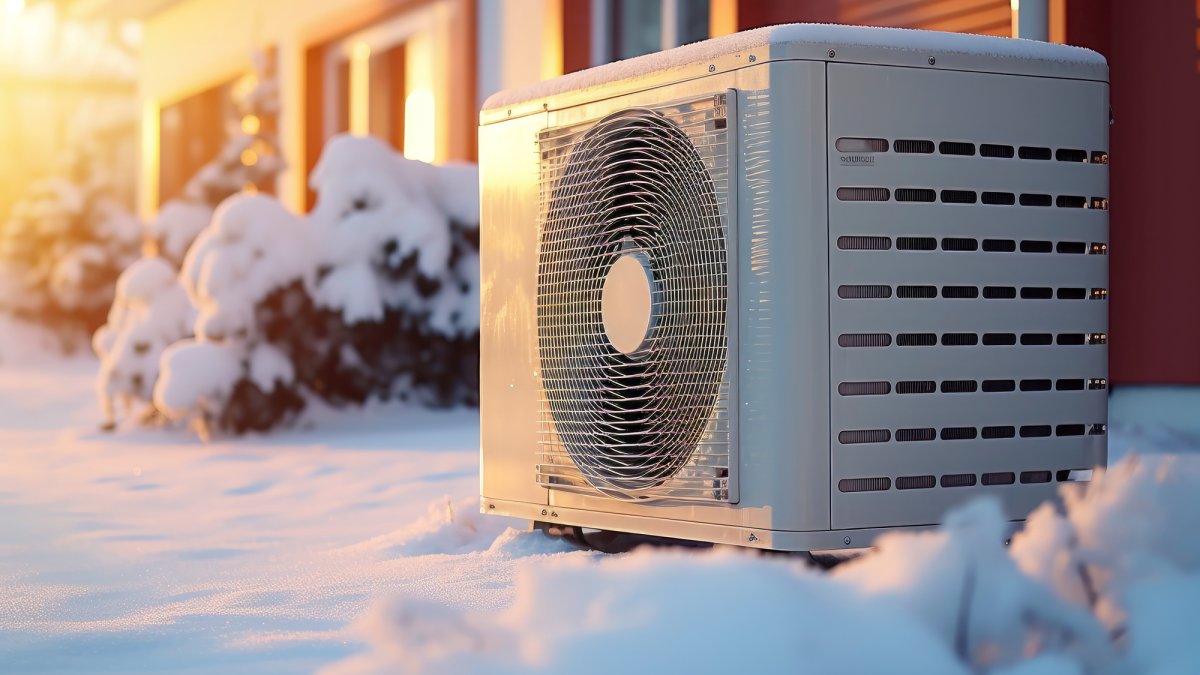
HVAC systems work relentlessly in every home to create comfortable, breathable environments, seamlessly transitioning between heating and cooling to match the changing seasons. Yet, the delicate equilibrium they maintain can easily be disrupted without regular, proactive maintenance.
Acknowledging the vitality of these systems in providing comfort and air quality, you should prioritize keeping them in optimum condition, making seasonal checkups a non-negotiable routine. Understanding the mechanics behind heating, ventilation, and air conditioning can seem daunting.
However, by adhering to a year-round maintenance checklist, you can guarantee the longevity and optimal functioning of your HVAC system, safeguarding your home against the extremities of the weather and potentially saving substantial energy bills.
Spring: Preparing For The Warmer Months
When spring paints the world anew, you find your HVAC system transitioning from heating to cooling. This season, give ample attention to your heating and air conditioning by scheduling professional maintenance to verify that the switch is smooth and efficient. A well-maintained system wards off unexpected breakdowns and runs with maximal efficiency.
In spring, concentrate on cleaning or replacing air filters, evaluating refrigerant levels, and verifying that the system is free of leaks or obstructions. By doing so, you aid in elevating your HVAC system’s overall performance and lifespan, readying it to face the rising temperatures with ease.
Summer: Optimizing Cooling

As the summer sun blazes, your HVAC labors intensively to maintain a cool indoor climate. During these hot months, consistent cleaning of the condenser coils and fins is crucial during these hot months. When these components are dirty, the system has to exert more, decreasing efficiency and escalating energy consumption.
Furthermore, maintaining a consistent schedule for inspecting and cleaning the condensate drain is paramount. A blocked drain can cause water damage and increase humidity levels inside the home, leading to discomfort and potential health issues.
Fall: Transitioning Into Heating
Fall brings a reprieve from the summer heat, and it’s time to prepare the HVAC system for the forthcoming colder months. It’s imperative to scrutinize the heating components and ascertain that they’re in impeccable condition to provide uninterrupted warmth. Addressing any issues promptly avoids potential heating disruptions during winter.
Additionally, fall is the ideal time to assess the insulation and sealing of your home. Upholding that windows, doors, and other openings are properly sealed aids in sustaining indoor temperatures and minimizing the strain on your HVAC system.
Winter: Ensuring Consistent Heating
Winter demands the heating system to be at its peak performance. Regularly examine the heat exchanger for any signs of damage or wear. A faulty exchanger can result in inadequate heating and even pose safety risks.
Don’t forget to regulate the thermostat settings during winter. Maintaining the thermostat at an optimum level provides consistent heating and prevents unnecessary strain on the HVAC system, thus fostering its longevity and optimal functioning.
Importance Of Professional Maintenance
While DIY maintenance can be impactful, entrusting professional HVAC maintenance services is essential. Professionals offer a wealth of experience and expertise, allowing them to detect and rectify issues that might remain unnoticed otherwise. Routine professional checkups guarantee that your HVAC system operates at its peak efficiency all year round.
Moreover, leveraging professional advice facilitates informed decisions regarding upgrades and replacements, allowing you to select the most energy-efficient and suitable options for your home, thereby elevating comfort and diminishing energy consumption.
Year-Round: Continuous Monitoring
Beyond seasonal maintenance, constant vigilance over your HVAC system throughout the year is essential. Regularly scrutinize the system for unusual noises or vibrations and address anomalies immediately.
Swift detection of minor issues prevents them from evolving into major, costly repairs. Adopting energy-efficient practices, such as utilizing programmable thermostats and sustaining optimal temperature levels, aids in refining the performance of your HVAC system, guaranteeing its efficiency and extended lifespan.
Environmentally Friendly Practices
Adopting eco-friendly HVAC maintenance practices isn’t only beneficial to the environment but also augments the efficiency and durability of your system. Routine maintenance curtails energy consumption, thereby reducing your home’s carbon footprint.
Choosing HVAC systems with superior energy efficiency ratings and integrating renewable energy sources aid in environmental conservation. Additionally, the proper disposal of old equipment and refrigerants is crucial in minimizing ecological impact and adhering to regulations.
Conclusion
Navigating the management and maintenance of the intricate machinery of an HVAC system might seem overwhelming. Still, adhering to a comprehensive seasonal checklist allows you to navigate this task easily. From getting your heating and air conditioning ready for the forthcoming summer to ascertaining optimal performance during the chilly winters, each step is pivotal.
Regular maintenance, professional checkups, and adopting eco-friendly practices not only prolong the life of your HVAC system but also contribute to a healthier environment and more comfortable living spaces. Therefore, prioritize HVAC maintenance to relish the tranquility and comfort of a well-balanced home climate throughout the year.
John Richardson
Related posts
Stay connected
Today's pick
- Safety Essentials Every CNC Operator Should Follow DailyCNC machining demands precision, consistency, and discipline—but above all, it requires strict attention to safety. Whether you’re working with mills, lathes, routers, or grinders, every machine has the potential to cause serious injury if mishandled. That’s why CNC operators must follow safety protocols daily, no... The post Safety Essentials Every CNC Operator Should Follow Daily […]

